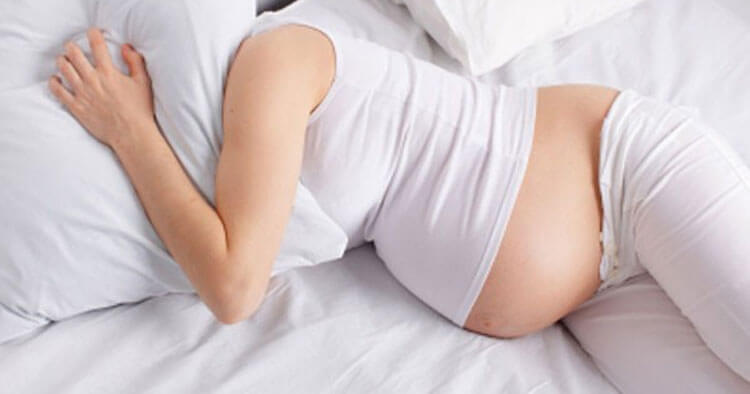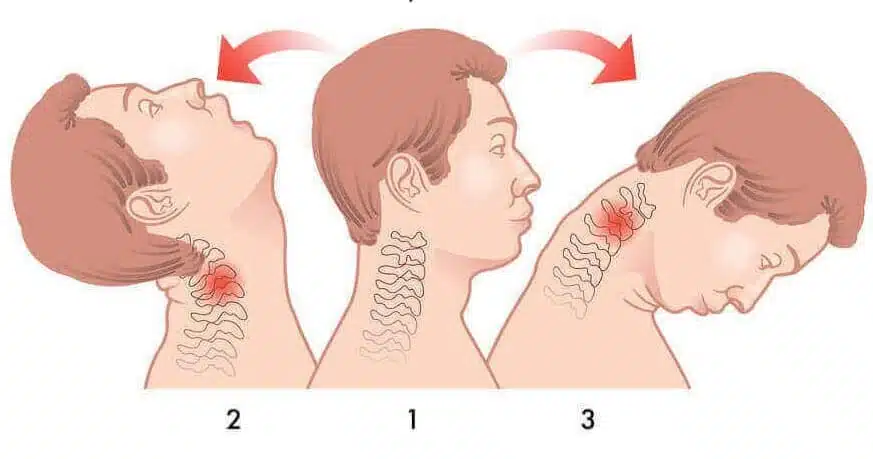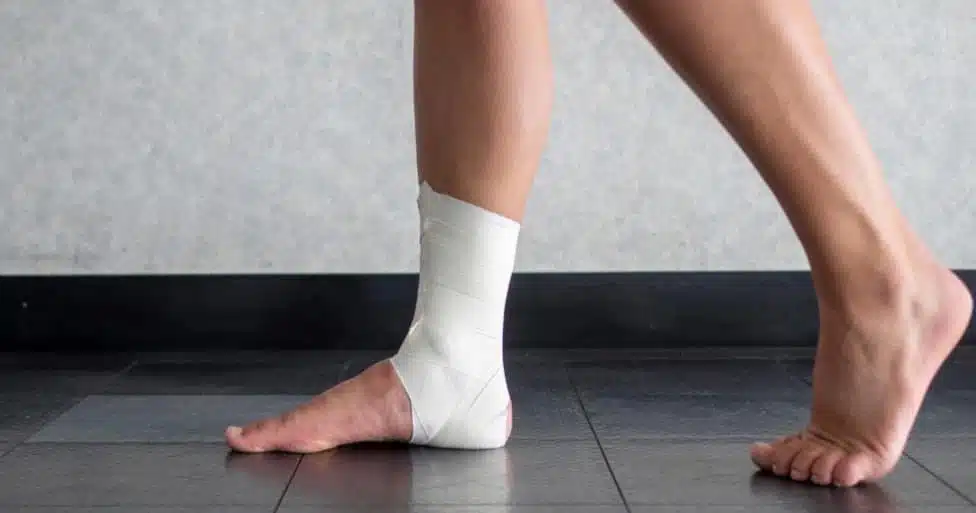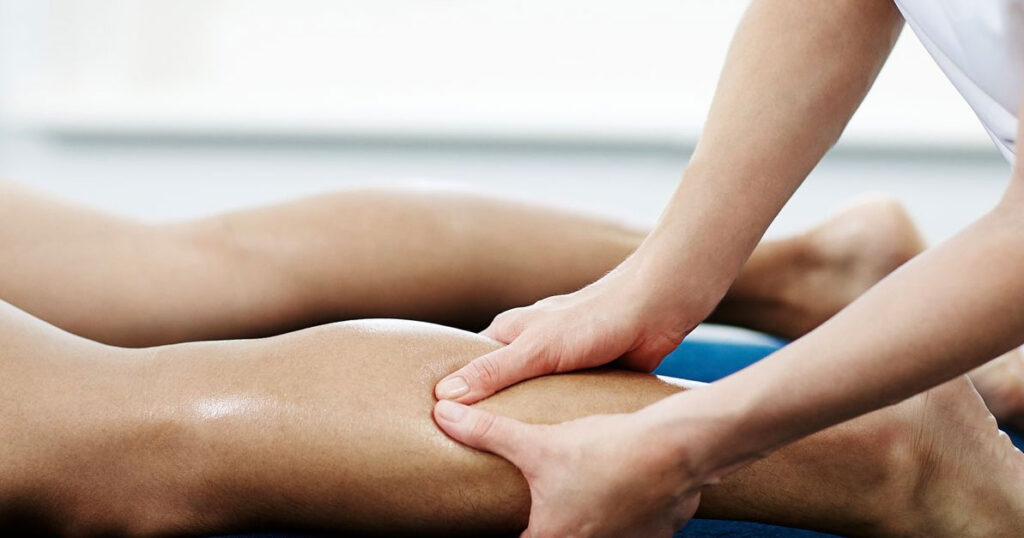Cortisone Injections Corticosteroids are powerful anti-inflammatory medications. Cortisone injections (injecting corticosteroids) are typically utilized in an attempt to offer fast acting relief to inflamed muscles, tendons, tendon-sheaths, joints, and bursae. In terms of the risk to benefit ratio, historically corticosteroid injections are thought of being worth consideration. Particularity in the management of joint and soft-tissue… Read More >
PHYSIO SYDNEY CBD RESOURCE GUIDE
Australian Physiotherapy Resources and Education
This blog is a comprehensive resource guide dedicated to discussion around common injuries and their management. Written by members of our experienced team at Sydney Physio Clinic. Topics are selected with our client base in mind. Intended to cover a range of relevant issues attending physio Sydney CBD practices.











